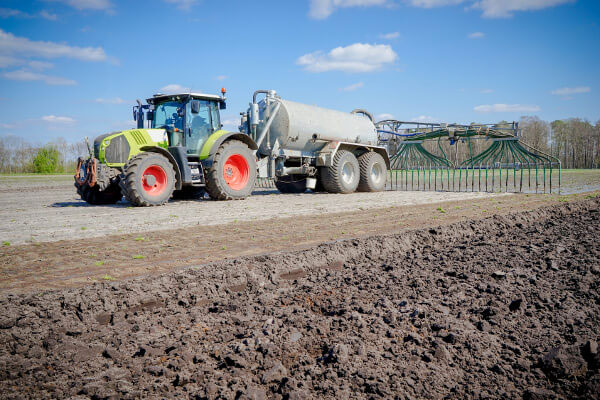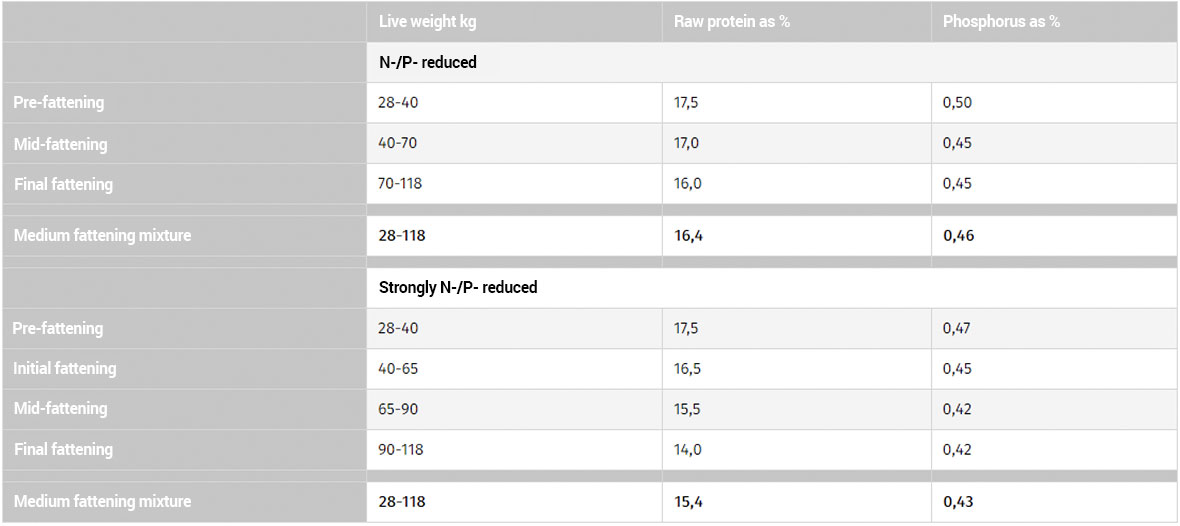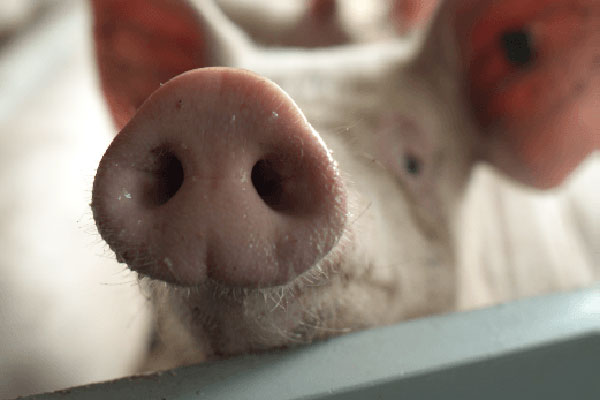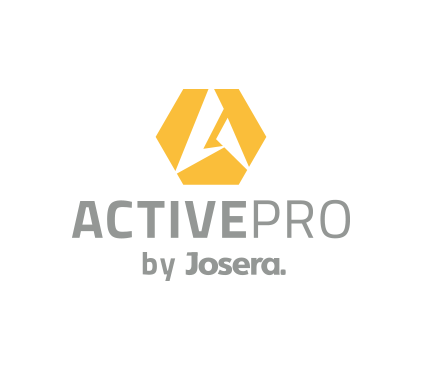Fertiliser Ordinance
The new Fertiliser Ordinance came into force on 02/06/2017 and pig farmers must prepare themselves for some tightening of the Fertiliser Law. You can find out here what effects but also what opportunities this means for you.
In this article we would like to show you the effects but also the opportunities associated with the Fertiliser Ordinance:
Contents:
- What effects does the Fertiliser Ordinance have for me as a farmer?
- What opportunities do I have as a farmer to counteract the Fertiliser Ordinance?
- What are the reference values for a nutrient-reduced feeding?
- Which fattening mineral feeds make sense for me as a pig farmer with N/P-reduced feeding?
What effects does the Fertiliser Ordinance have for me as a farmer?
The Fertiliser Ordinance introduces some changes. These include, for example, the permissible nitrogen and phosphate components of the nutrient balance: these have each been reduced by 10 kg/ha. The following additional change applies to piglet producers:
previously, there was an upper limit of 22 piglets in the calculation of the nutrient load; now the performance level has been adjusted and up to 28 weaned piglets are included in the calculation of the nutrient load.
As a result of these changes, the demand for liquid manure areas per farm can increase enormously. For example, a model farm with space for 2,000 fattening pigs and an increase of 850 g requires the liquid manure area to be increased by up to 12%. A model farm with space for 250 breeding sows, 17 gilts, 2 boar and 28 reared piglets requires the liquid manure area to be increased by up to 22% (source SUS 3/2017).
This is not feasible in regions with a high concentration of processing. Nevertheless, there are opportunities for you as a farmer to continue working economically.

What opportunities do I have as a farmer to counteract the Fertiliser Ordinance?
The biggest lever is N-/P-reduced feeding. It can suppress the nitrogen and phosphate accumulation without reducing the output:
- Phase feeding allows the feed mixture to be adapted to the needs of the animals in the individual weight sections. The more phases are fed, the more nitrogen and phosphorus can be saved.
- Use of a fattening mineral with high amino acid content: as a result, you as a pig farmer have to use less soya, which reduces the raw protein content in the feed. Thus, the N precipitation is also lower..
- Use of a mineral feed with phytase: the enzyme phytase is able to break down the bound phosphorus in cereals and make it usable for pigs. Mineral phosphorus can be saved in this way. Some farms are already successfully feeding completely without mineral phosphorus.
What are the reference values for a nutrient-reduced feeding?
In the following table you will learn more about the reference values of a nutrient-reduced feeding at 850 g of daily gains:

(Source: “Arbeiten der DLG, Vol. 199, Bilanzierung der Nährstoffausscheidungen landwirtschaftlicher Nutztiere, 2nd Ed. 2014)
According to your production process you will be classified in the category standard feed N-/P-reduced or strongly N-/P-reduced. A different flat-rate value for the amount of nutrients nitrogen and phosphate is then applied per animal place.
Example:
At 850 g daily weight gain, a standard feed is calculated to produce 4.48 kg N and 0.79 kg P per fattening pig. With strongly N-/P-reduced feeding, a N accumulation of 3.87 kg and a P accumulation of 0.63 kg is expected.
(Source: Gelbes Heft 2018, Lfl)
If you as a farmer adhere to the reference values of N-/P- or strongly N-/P-reduced feeding, you can calculate in your nutrient balance less nitrogen and phosphate accumulation in the liquid manure, which allows you to apply more liquid manure per hectare.
Which fattening mineral feeds make sense for me as a pig farmer with N/P-reduced feeding?
Depending on the nitrogen and phosphorus savings in the feed mixtures, N-/P- reduced feeding regimes are divided into
- N/P-reduced
- Strongly N/P-reduced
ActivePro offers you the possibility of changing your feed mixtures to N/P-reduced feeding regimes with appropriately equipped mineral feeds.

ActivePro fattening mineral feed for N/P- and strongly N/P-reduced feeding:
For an optimal piglet rearing: Ferkel NP
For a smooth start into the fattening process: VormastTop
For specific advice, please contact your local ActivePro partner, use the customer hotline or write to us here.




